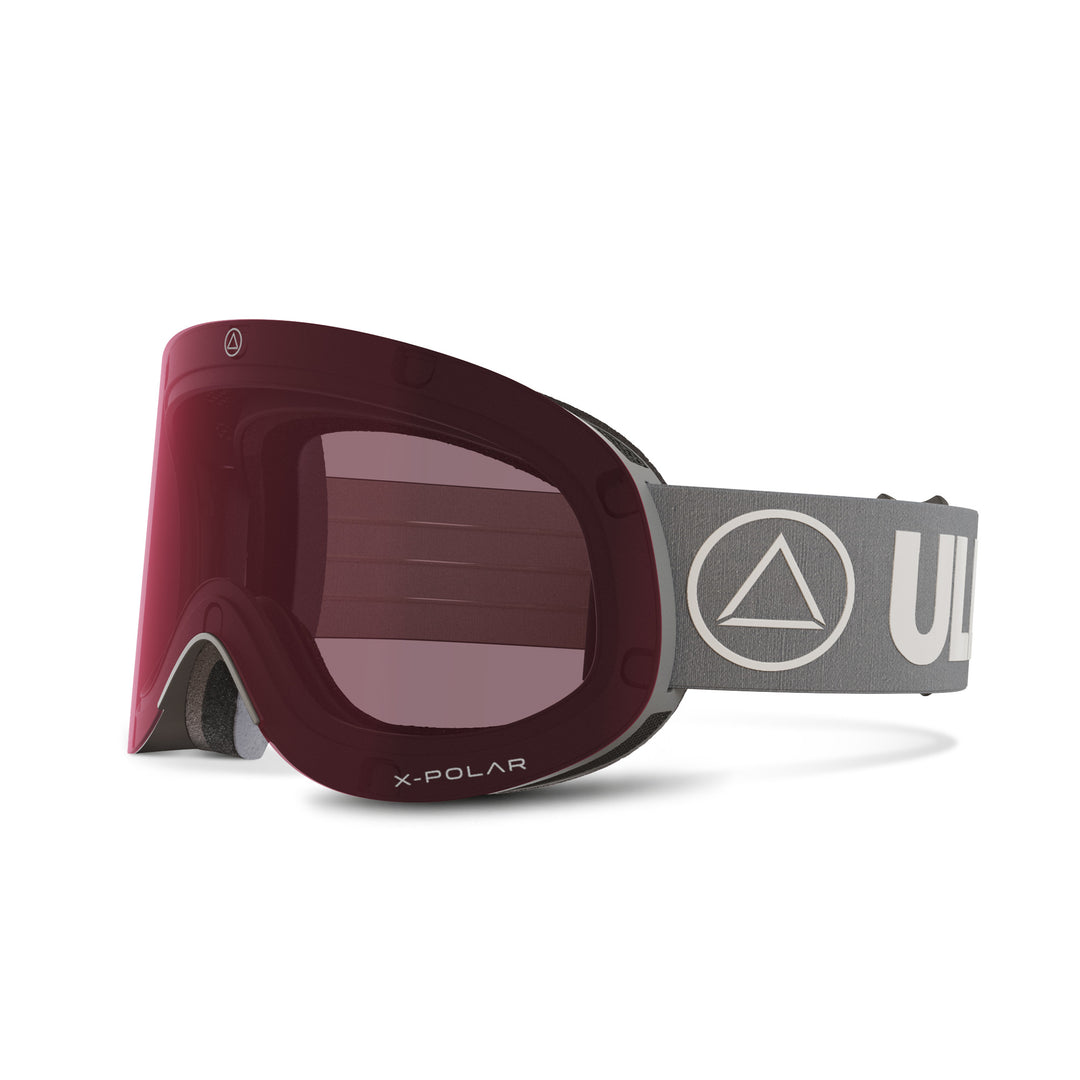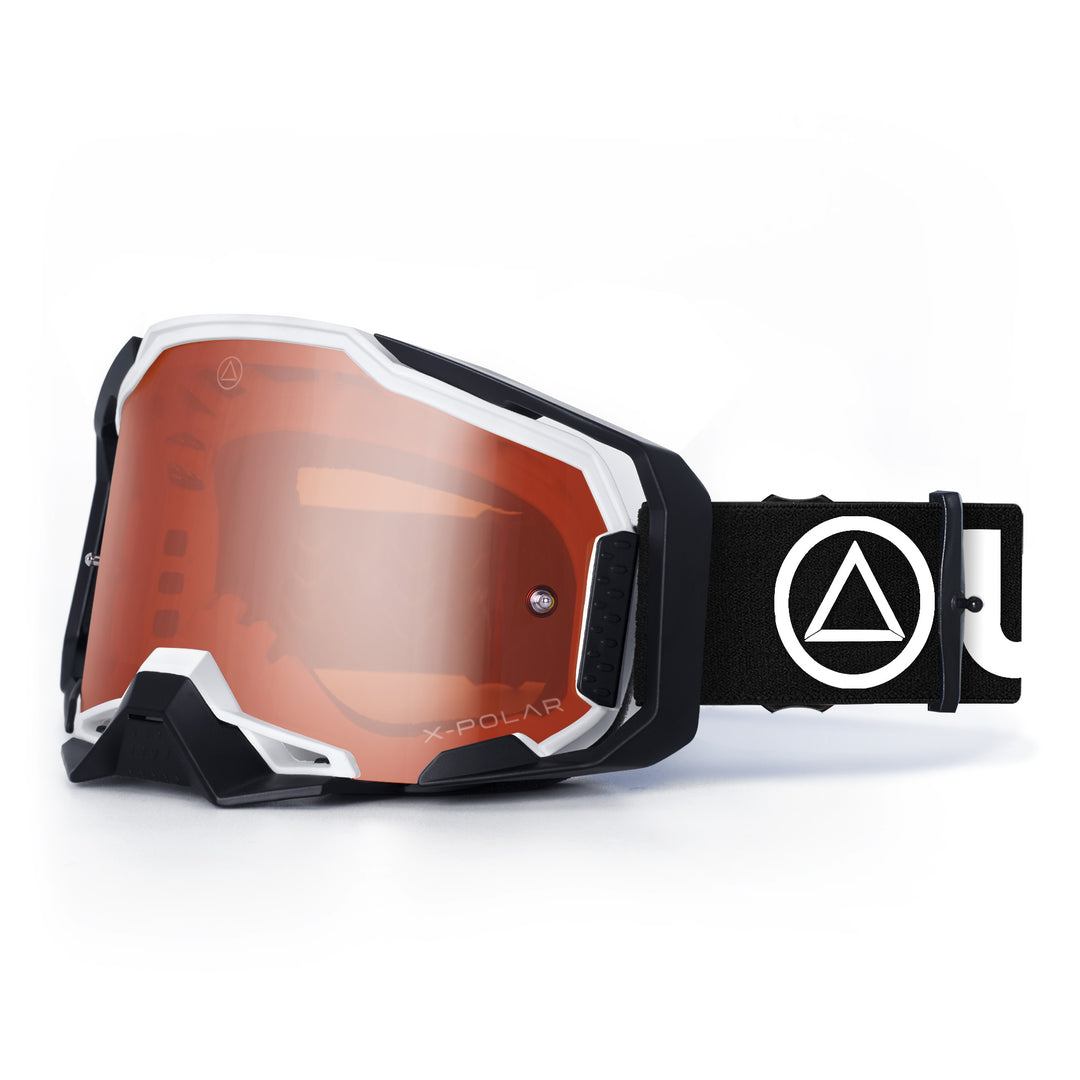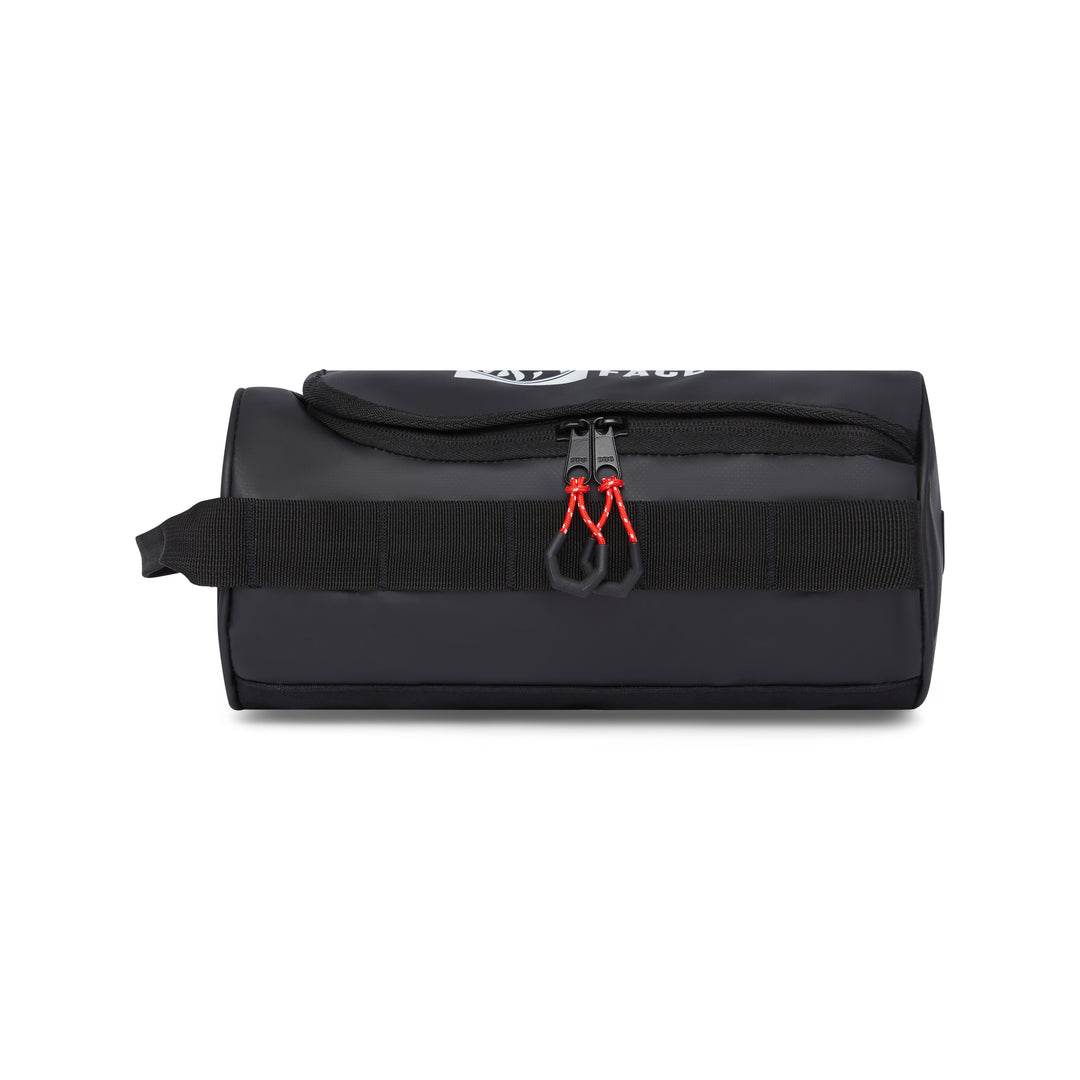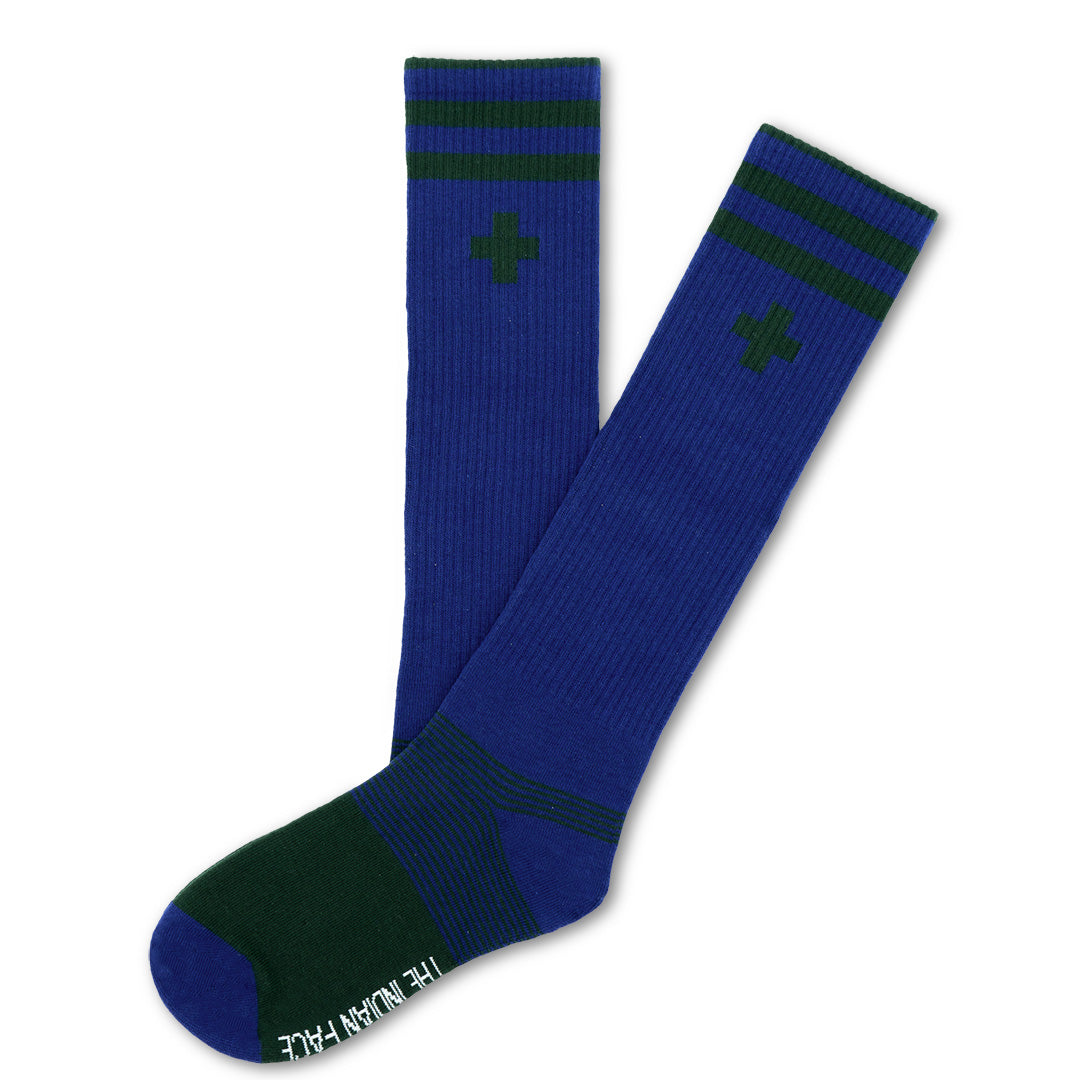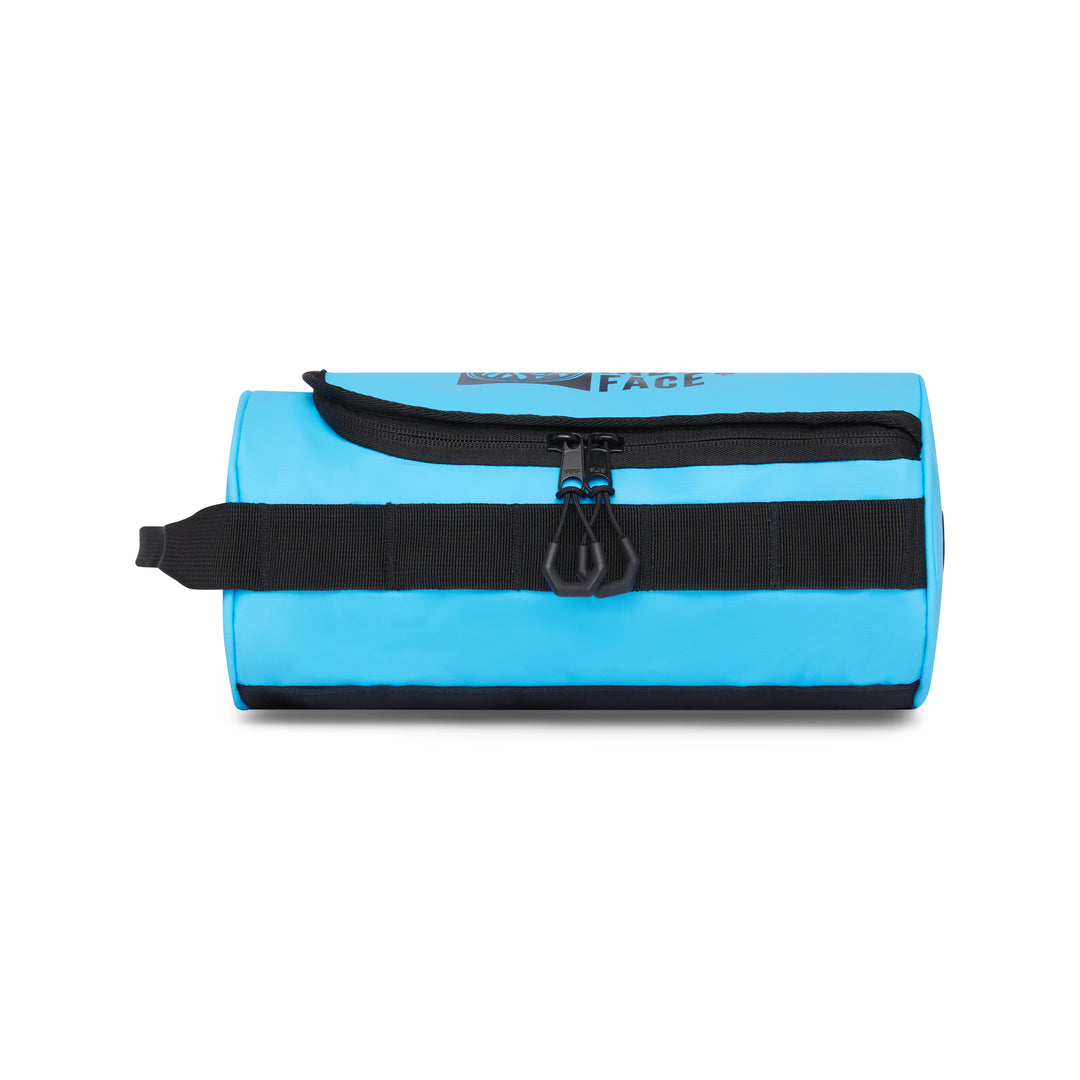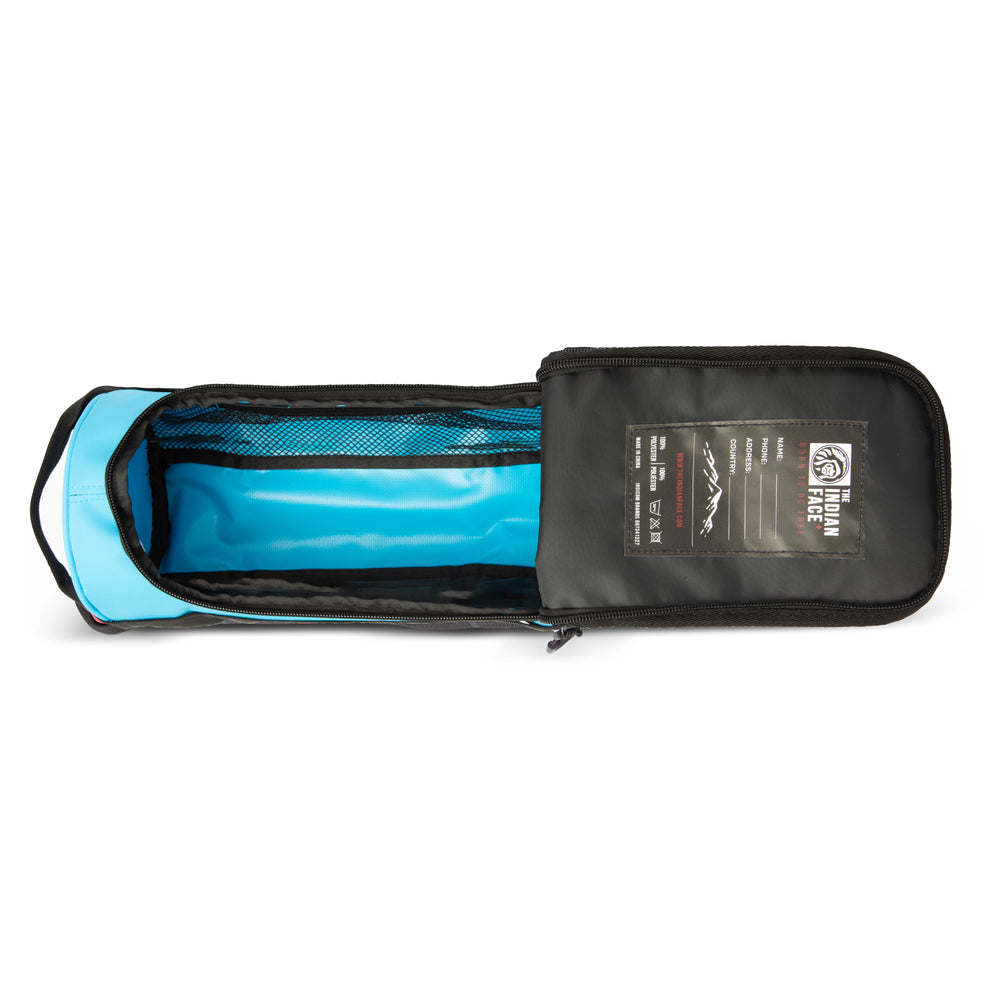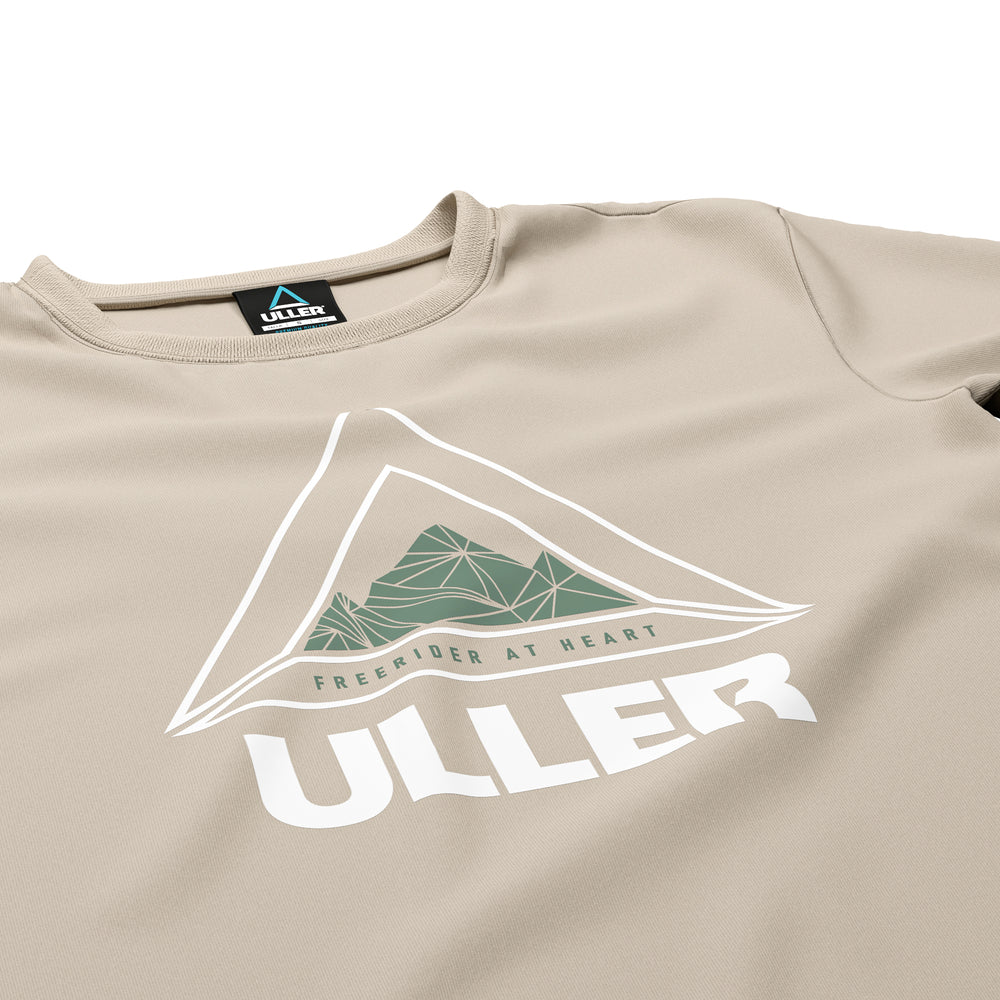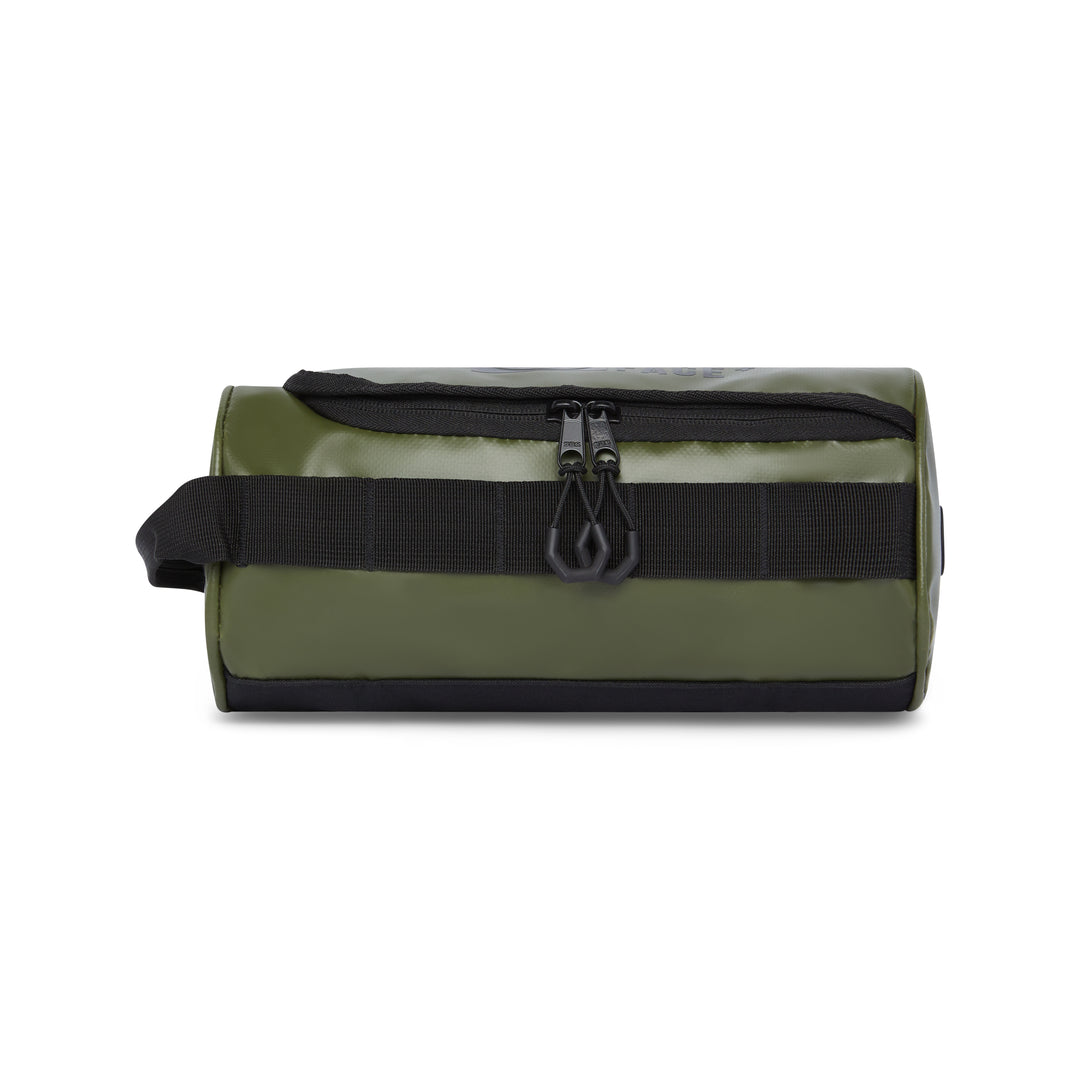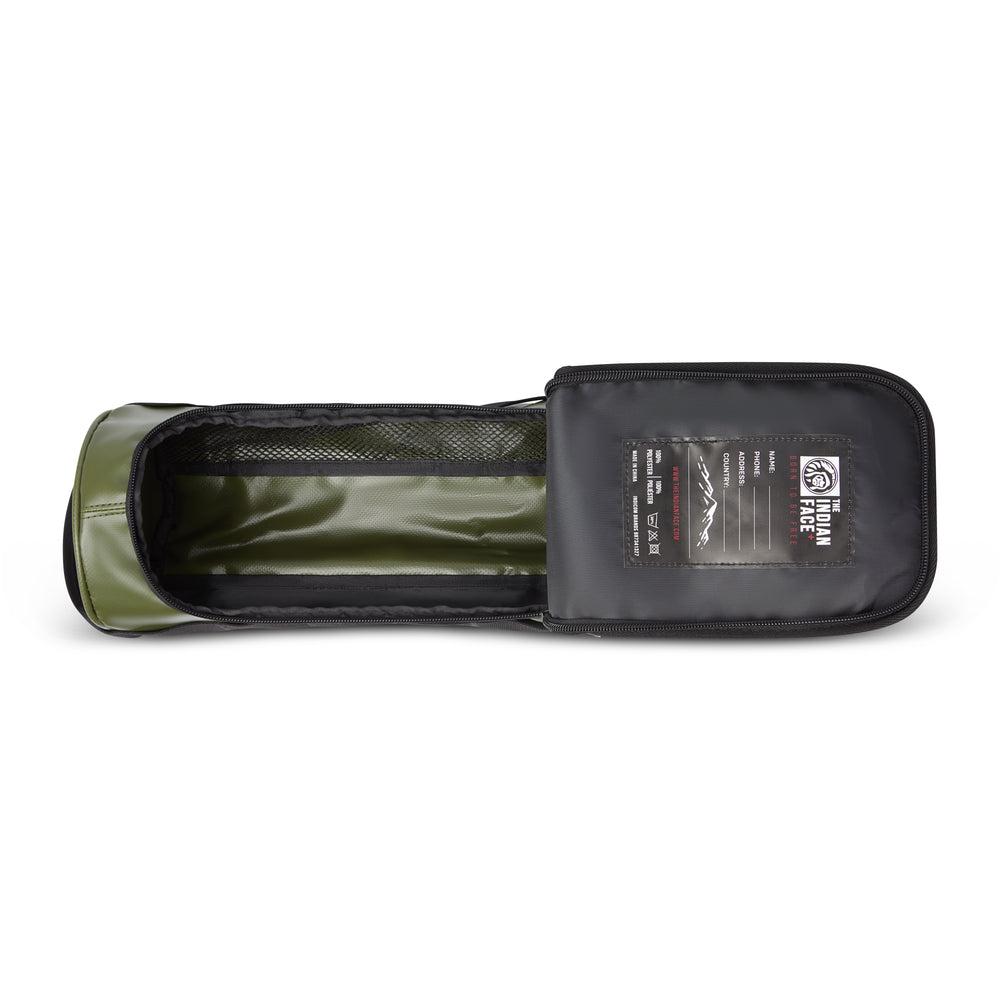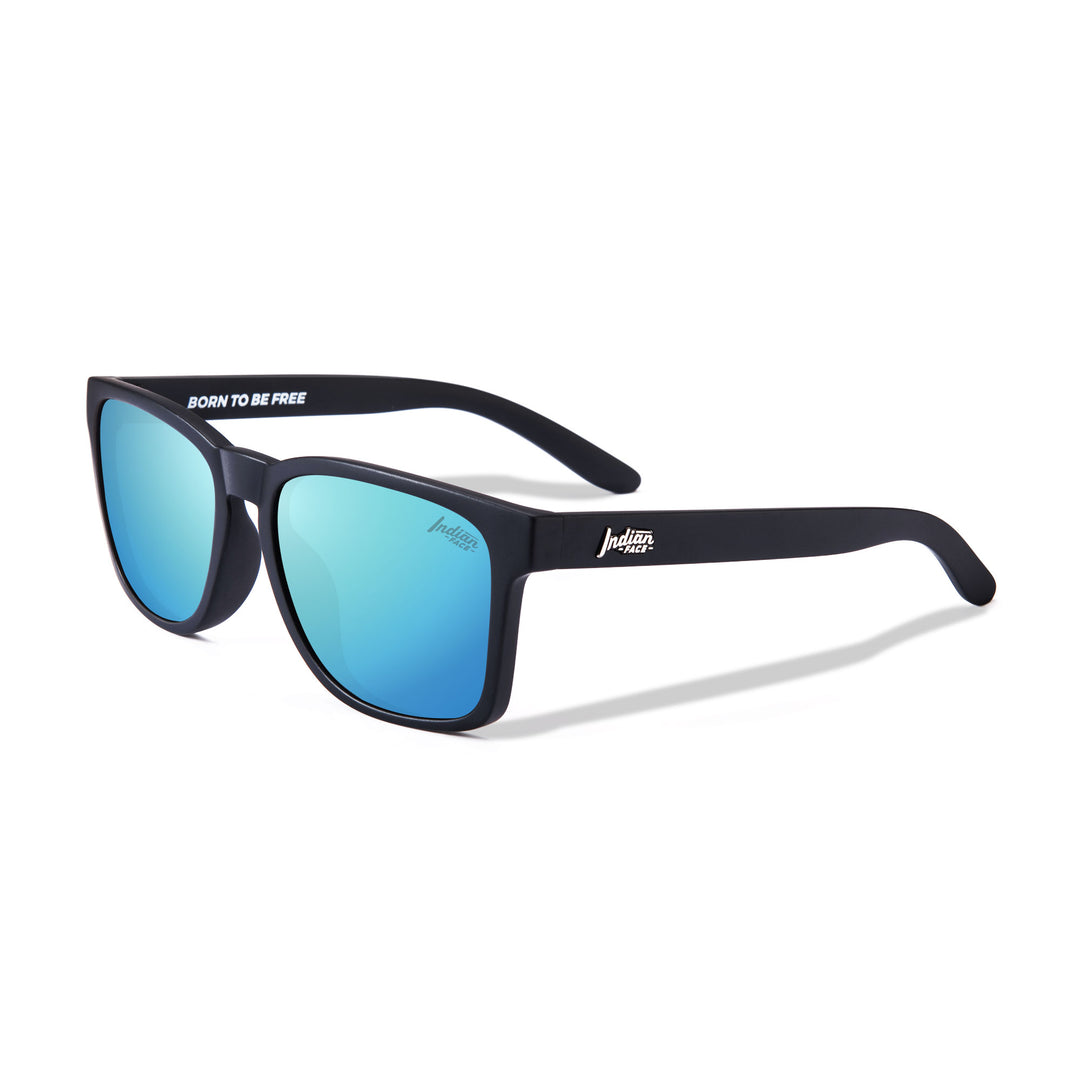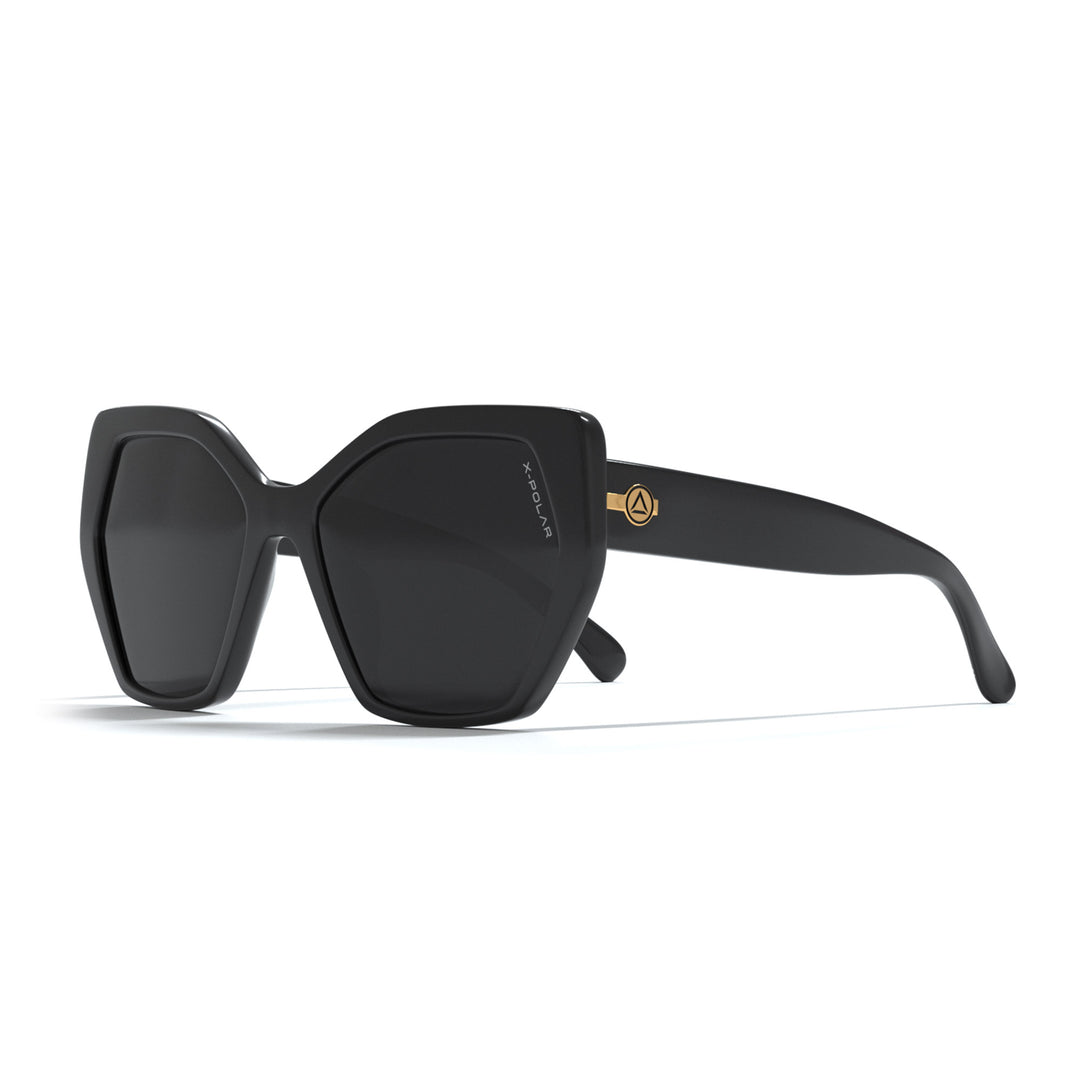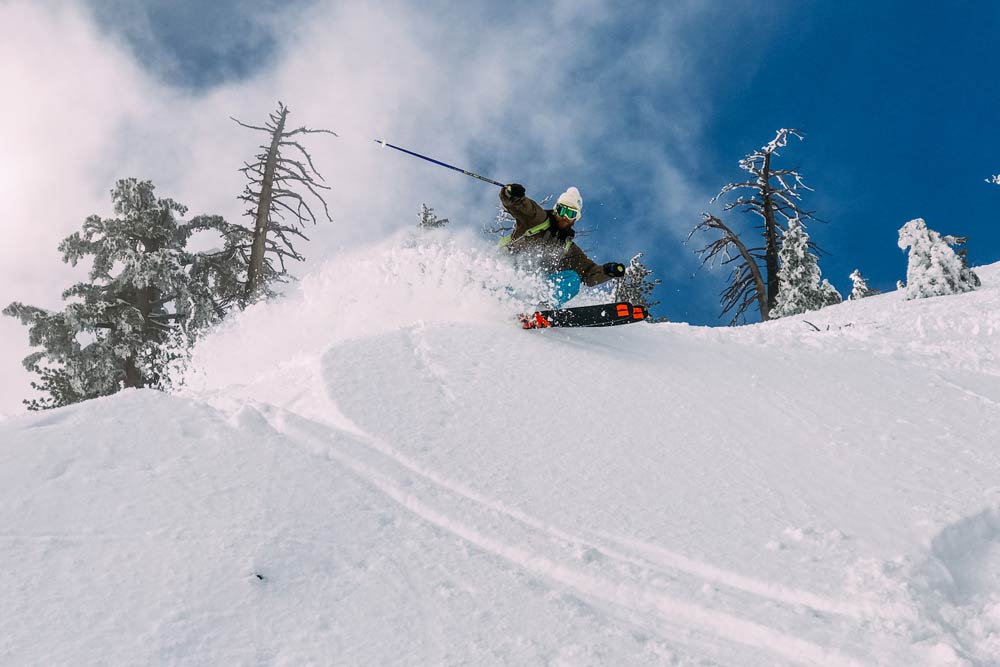
Skiing as a form of motivation and self-improvement
Skiing is considered one of the sports with the most motivating capacity that a person can practice. How hard and demanding it is hooks the athlete greatly and, as soon as the first progress begins to be noticed... you can't stop. And there are many such cases in which improvement in the sporting facet ends up transcending to the personal level, improving the quality of life with one's own effort. We have spoken with a number of ski instructors with a lot of experience in this type of motivation process for students. They have told us some things about self-improvement through the practice of this snow sport.
Skiing means facing very difficult situations, often in short periods of time. It is a sport that puts you at the limit and raises many doubts for those who have been practicing it for a short time. And, having said this, what is pursued on many occasions is that the person practices it precisely for that: to learn to solve compromising situations, to clear up doubts and trust in oneself, to know how to motivate oneself, to demand order and discipline. . And there we start to analyze skiing as a tool for motivation and self-improvement.
Self-efficacy
Self-efficacy is the perception that a person has of their own ability to solve tasks or problems. A ski teacher or instructor relies heavily on this concept, when working on motivation in their students, in the sense that it requires them to overcome fears, limitations, and discomfort. The idea is to convince the student that he can achieve goals higher than his expectations, show him that he is capable of doing it and, indirectly, divert his attention from the shortcuts and immediate pleasures that surround us everywhere today. Nothing like the effort of oneself to achieve a goal that we thought was unfeasible.
A ski teacher becomes a figure that generates challenges for the students; Starting from basic premises, he will accompany his pupils on a journey towards their limits. The monitor will do everything possible to make them exceed these limits (something unthinkable for the students at first) since, well managed and without causing very stressful or traumatic situations, the trip will consist of episodes of teacher-student persuasion, phases of learning theoretical and practical concepts, interpretation and analysis of non-verbal language and achievements in the executions of movements, displacements, etc.
Indeed, certain axioms have been proven:
- The achievement increases a person's self-efficacy and therefore improves their future performance
- observation is a good way to improve self-efficacy
- verbal persuasion is a great help in increasing self-confidence
- Knowledge and interpretation of non-verbal language can be of great help in increasing sensation or ability to control
And under these axioms, self-improvement must be worked on based on these premises:
Prepare well. It is essential because if the skier does not start the process prepared and ready to face physical and mental efforts... he may run into frustration. You have to train a little before.
Display success. You have to see and imagine yourself fulfilling the objectives.
Trust. If you don't trust yourself, in being able to reach your own limits and overcome them, it will be more difficult to overcome yourself.
Confidence in your movements. Thoughts and emotions must accompany safe and strong movements. If this pairing separates, it can become a dynamic of self-doubt, doubtful movements, etc. You have to avoid it.
Pursue good performances. Practicing skiing with intensity, with self-demand and doing it with confidence and pursuing excellence in your executions... is the best way to achieve self-improvement.


